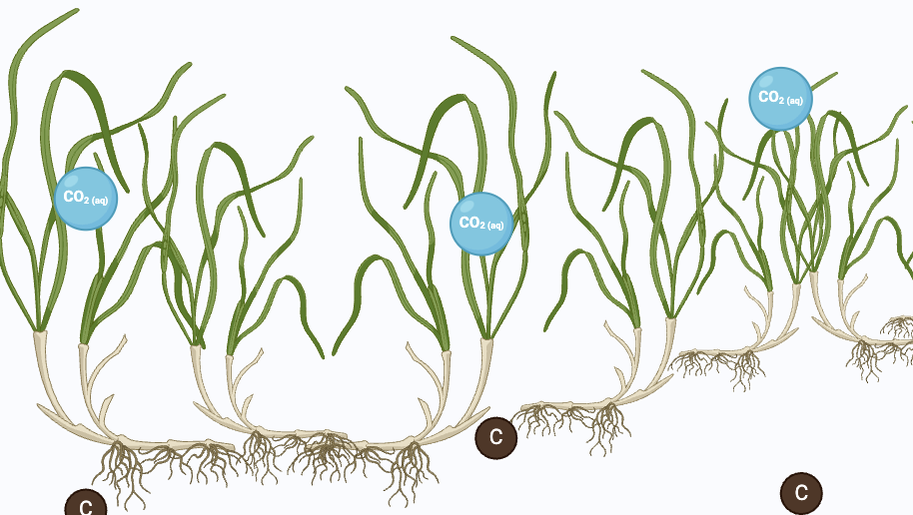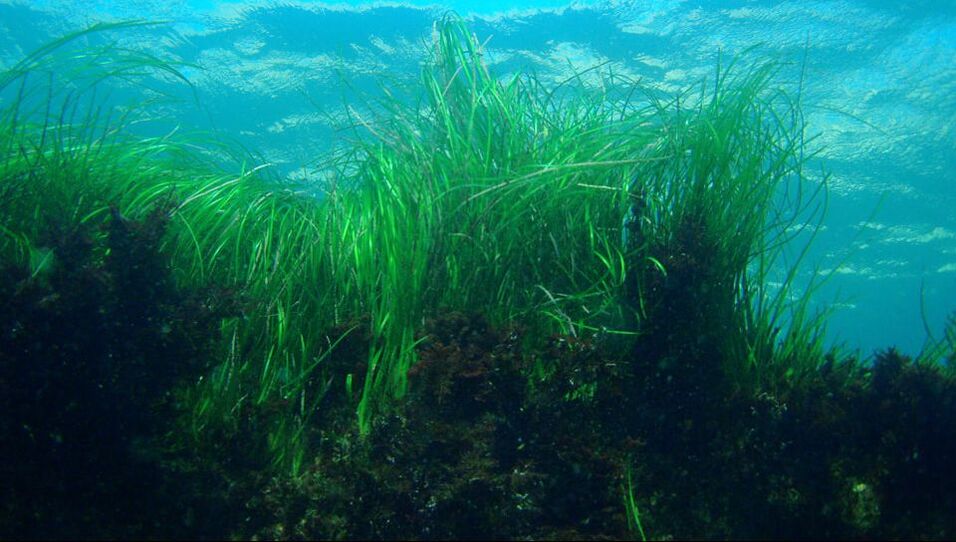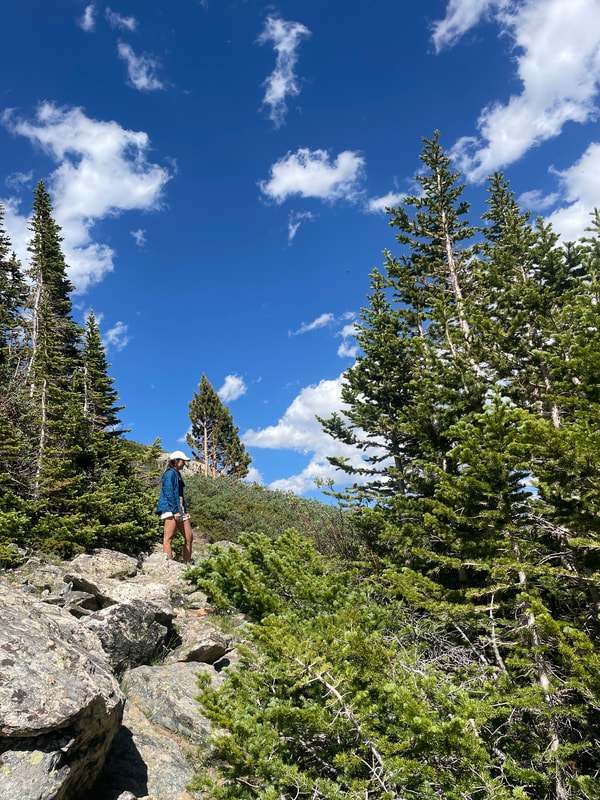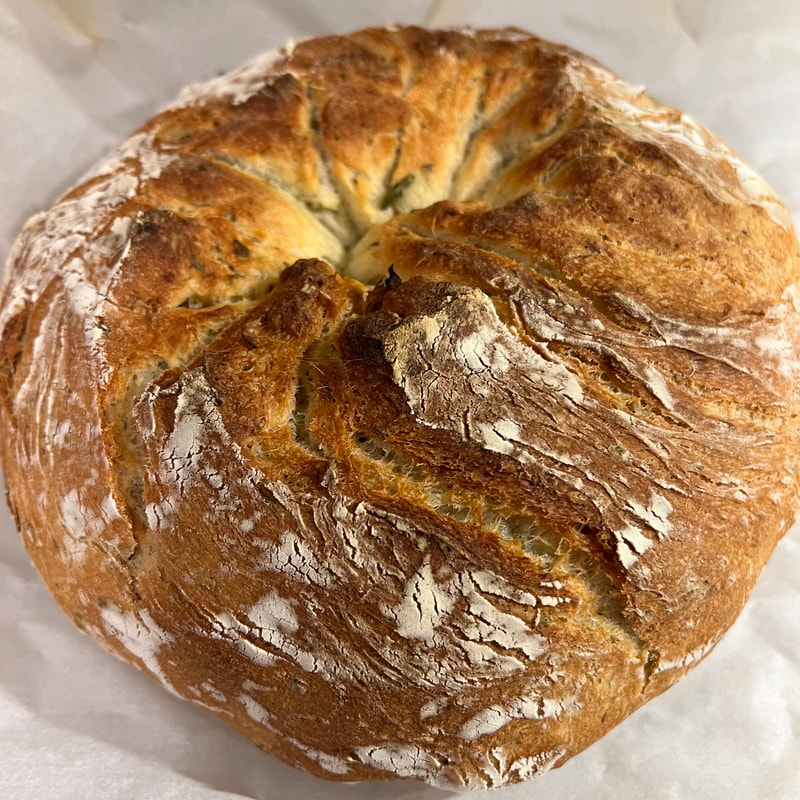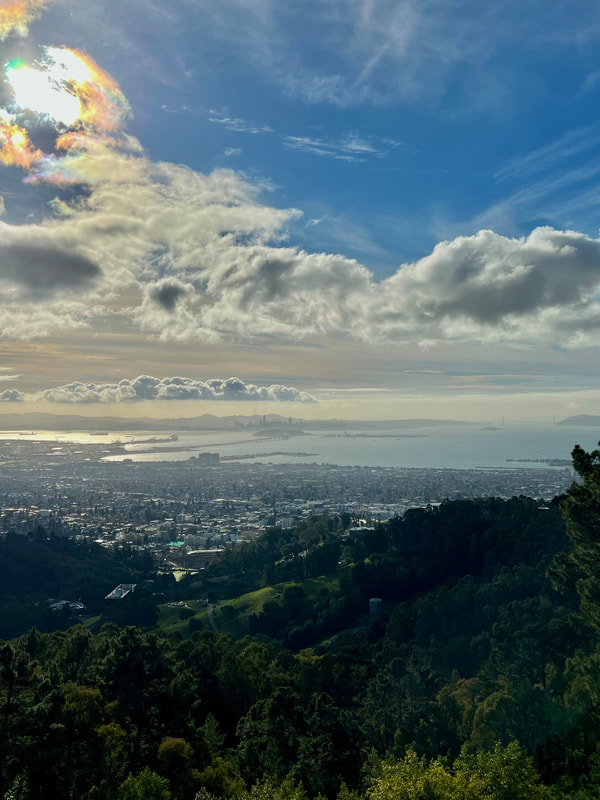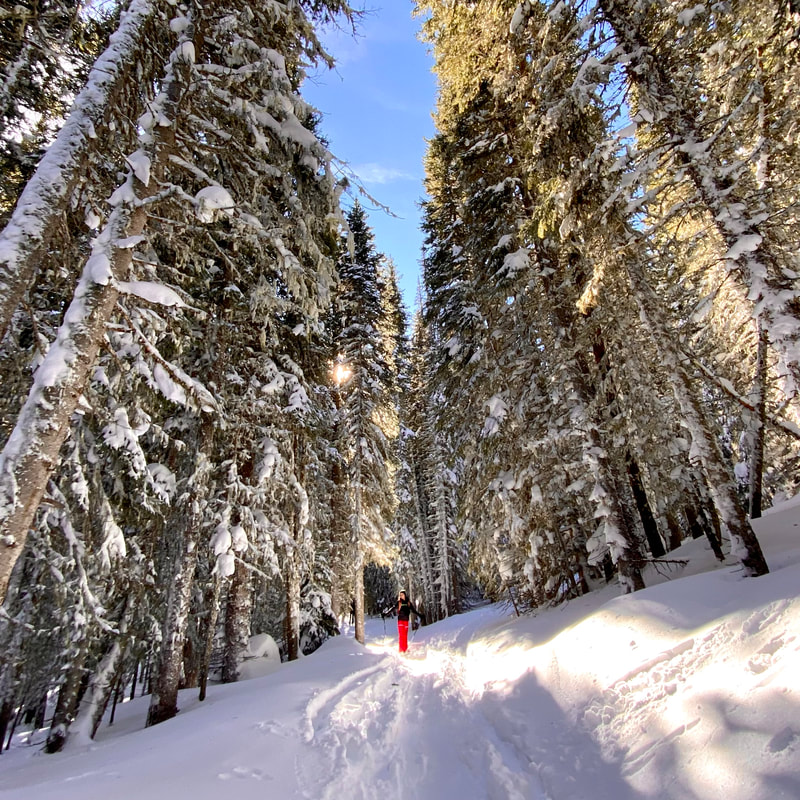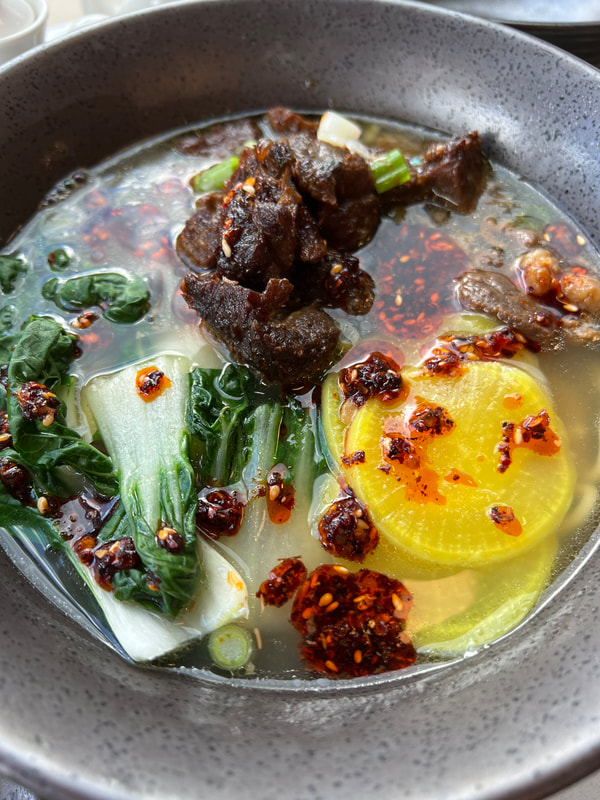Welcome!
Hello! I am a first year Ph.D. student working with Dr. Tessa Hill at the University of California Davis and the Bodega Marine Laboratory in the Earth and Planetary Sciences Department (EPS).
I am a marine ecologist and budding biogeochemist with a focus on coastal climate science. My work is centered around California seagrass ecosystems and their ability to store carbon. Within the ocean, carbon is referred to as "blue carbon". My research aims to better quantify blue carbon storage by seagrass meadows to enhance our understanding of this invaluable marine system. In addition, I am focusing my work on stakeholder involvement, and public engagement in an effort to break down the barriers between academic pursuits and local needs.
I am a marine ecologist and budding biogeochemist with a focus on coastal climate science. My work is centered around California seagrass ecosystems and their ability to store carbon. Within the ocean, carbon is referred to as "blue carbon". My research aims to better quantify blue carbon storage by seagrass meadows to enhance our understanding of this invaluable marine system. In addition, I am focusing my work on stakeholder involvement, and public engagement in an effort to break down the barriers between academic pursuits and local needs.
Blue Carbon We think of blue carbon as essentially any carbon stored by the ocean. The ocean acts as a “carbon sink” by absorbing around 31% of the carbon dioxide emissions released into the atmosphere. Without the ocean and its blue carbon systems, our earth would be unable to sustain human life. |
SeagrassSeagrass are marine flowering plants. This means they grow roots into sediment and live in coastal waters shallow enough to be exposed to sunlight. They are not the same as kelp which do not have roots. Seagrass meadows are biodiversity hotspots and store lots of carbon. |
Public EngagementWithin the realm of marine ecology, the practice of parachute science is relatively widespread. This perpetuates a systemic imbalance and hinders genuine collaborative efforts. I aim to perform research that combats this inequitable practice and engage in community based science. |
Land Acknowledgment:
I acknowledge the land on which the University of California Davis is situated on. For thousands of years, this land has been the home of Patwin people. Today, there are three federally recognized Patwin tribes: Cachil DeHe Band of Wintun Indians of the Colusa Indian Community, Kletsel Dehe Wintun Nation, and Yocha Dehe Wintun Nation.
The Patwin people have remained committed to the stewardship of this land over many centuries. It has been cherished and protected, as elders have instructed the young through generations. I am honored and grateful to be here today on their traditional lands.
The Bodega Marine Lab occupies Coast Miwok lands. The Coast Miwok and Southern Pomo peoples are federally recognized today by the Federated Indians of Graton Rancheria.
The Patwin people have remained committed to the stewardship of this land over many centuries. It has been cherished and protected, as elders have instructed the young through generations. I am honored and grateful to be here today on their traditional lands.
The Bodega Marine Lab occupies Coast Miwok lands. The Coast Miwok and Southern Pomo peoples are federally recognized today by the Federated Indians of Graton Rancheria.
Images courtesy of Elisabeth Sellinger and Pexels
